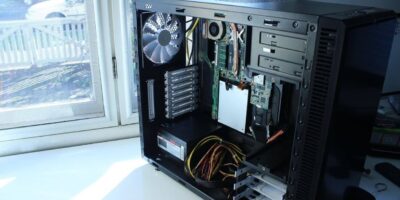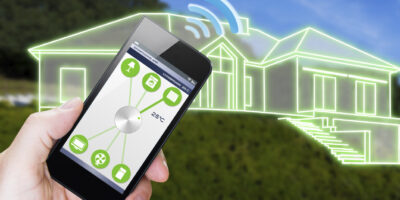
Your computer is not powering up. You plug it in, hit the power button, and…nothing. You’re not sure what to do. Don’t worry; we’re here to help. Below are some reasons why your computer might not be turning on.
Incorrect Power Supply
One of the most common reasons a computer won’t turn on is because the power supply is not providing enough power to the motherboard. This can be due to a faulty power supply, incorrect voltage settings, or a shortage in the system. If you suspect that your power supply is the issue, check to see if the light on the back of the computer is lit up. If it’s not, you’ll need to replace the power supply.
Faulty Motherboard
If your computer’s power supply is fine, the motherboard could be the issue. A faulty motherboard can cause various problems, including preventing the computer from powering on. If you suspect that your motherboard is the issue, you’ll need to replace it. The motherboard is the most expensive component in a computer, so this is not a decision to be made lightly.
Damaged CPU
Another possibility is that the CPU is damaged. This can happen if the CPU overheats or if it’s improperly installed. If you suspect that your CPU is the issue, you’ll need to replace it. A damaged CPU can also cause other problems, such as Blue Screens of Death. Blue Screens of Death are often caused by hardware issues, so if you’re getting them frequently, it’s a good idea to check your hardware.
Bad RAM
Another possibility is that the computer’s RAM is insufficient. This can cause various issues, including preventing the computer from powering on. If you suspect that your RAM is the issue, you’ll need to replace it. This is usually not the issue, but it’s worth checking if you’re having other problems with your computer.
Faulty Hard Drive
Another possibility is that the computer’s hard drive is faulty. This can cause the computer not to boot up and other issues. If you suspect that your hard drive is the issue, you’ll need to replace it.
These are just some reasons why your computer might not be powering up. The best way to figure out what’s wrong is to troubleshoot each component one at a time. Start with the power supply, then move to the motherboard, CPU, RAM, and hard drive. If you’re still having trouble, feel free to reach out to a technician for more help.


